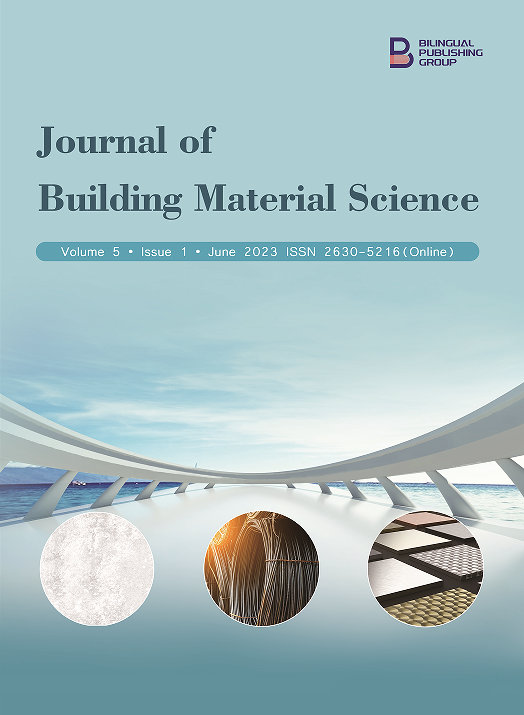
Experimental Study and Fragility Analysis of Effective-Length Factors in Column Buckling
DOI:
https://doi.org/10.30564/jbms.v5i1.5432Abstract
The design of columns relies heavily on the basis of Leonhard Euler's Theory of Elastic Buckling. However, to increase the accuracy in determining the maximum critical load a column can withstand before buckling, a constant was introduced. This dimensionless coefficient is K, also known as the effective-length factor. This constant is often found in building design codes and varies in value depending on the type of column support that is applied. This paper presents experimental and analytical studies on the determination of the effective-length factor in the buckling stability of columns with partially-fixed support conditions. To this end, the accurate K value of the columns tested by the Instron Testing Machine (ITM) at California State University, Northridge's (CSUN's) Mechanics Laboratory is determined. The ITM is used in studying the buckling of columns where the supports are neither pinned nor fixed, and the material cross-section rather rests upon the machine while loading is applied axially. Several column specimens were tested and the experimental data were analyzed in order to estimate the accurate effective-length factor. The calculations from the tested results as well as the conducted probabilistic analysis shed light on how a fragility curve may aid in predicting the effective-length value of future tests.
Keywords:
Column buckling; Fragility curve; Critical loading; Effective length factor; FixityReferences
[1] Hibbeler, R.C., 2023. Mechanics of materials (9th edition). Upper Saddle River: Prentice Hall.
[2] Crandall, S.H., Dahl, N.C., Lardner, T.J., et al., 2012. An introduction to the mechanics of solids (3rd Edition). McGraw Hill: New York.
[3] Bouras, F., Chaplain, M., Nafa, Z., 2010. Experimental and modelling buckling of wood-based columns under repeated loading. EPJ Web of Conferences. 6, 28003. DOI: https://doi.org/10.1051/epjconf/20100628003
[4] Tian, W., Sun, J., Hao, J., 2021. Effective length factors of three- and two-segment stepped columns. Journal of Constructional Steel Research. 181, 106585. DOI: https://doi.org/10.1016/j.jcsr.2021.106585
[5] Falborski, T., Hassan, A.S., Kanvinde, A.M., et al., 2020. Column base fixity in steel moment frames: Observations from instrumented buildings. Journal of Constructional Steel Research. 168, 105993.
[6] Avallone, E., Baumeister, T., Sadegh, A., 2006. Marks’standard handbook for mechanical engineers (11th Edition). McGraw Hill: New York.
[7] Rajeev, P., Tesfamariam, S., 2012. Seismic fragilities for reinforced concrete buildings with consideration of irregularities. Structural Safety. 39, 1–13. DOI: https://doi.org/10.1016/j.strusafe.2012.06.001
[8] Guevara-Perez, T., 2012. “Story” and “Weak Story” in Earthquake Design: A Multidisciplinary Approach. Indian Institute of Technology Kanpur[Internet]. Available from: https://www.iitk.ac.in/nicee/wcee/article/WCEE2012_0183.pdf
Downloads
How to Cite
Issue
Article Type
License
Copyright © 2023 Brannan Shepherd,Tadeh Zirakian

This is an open access article under the Creative Commons Attribution-NonCommercial 4.0 International (CC BY-NC 4.0) License.







 Brannan Shepherd
Brannan Shepherd





